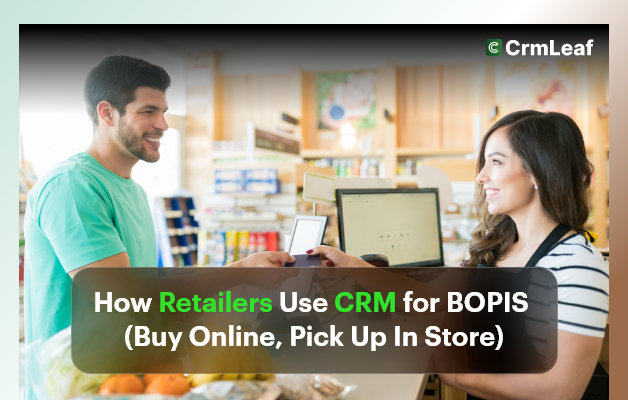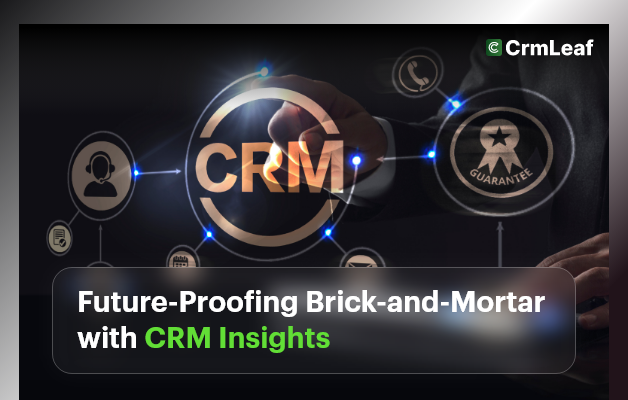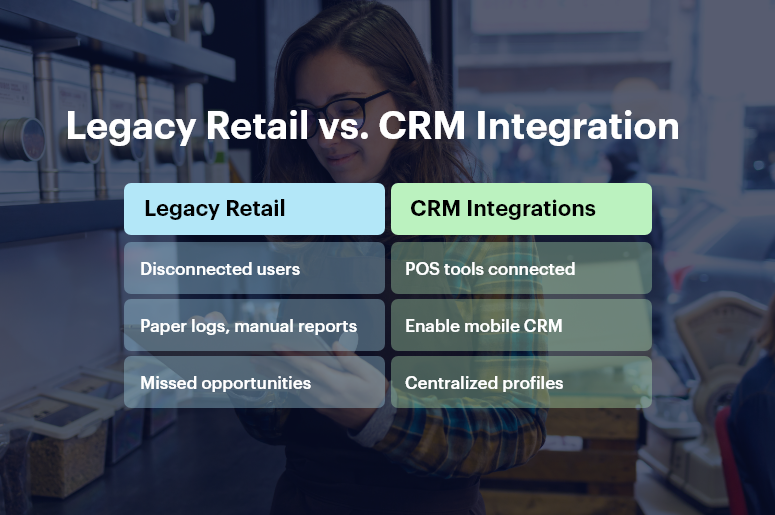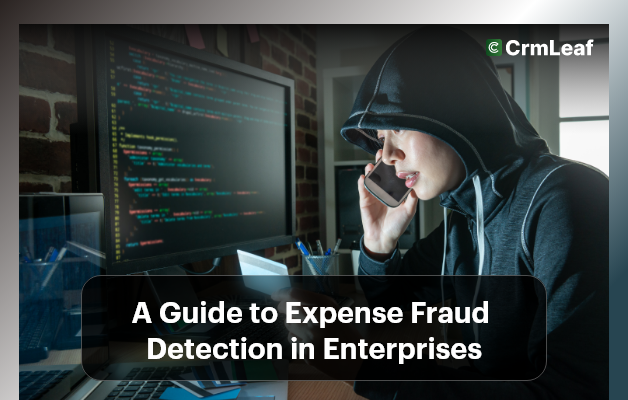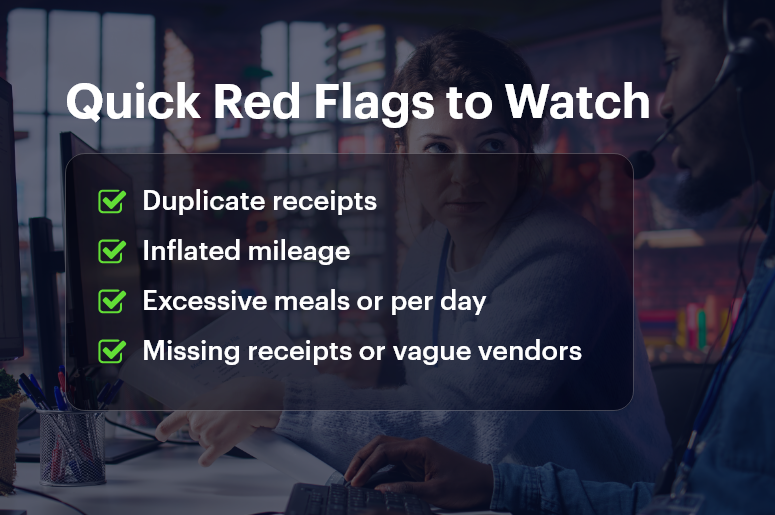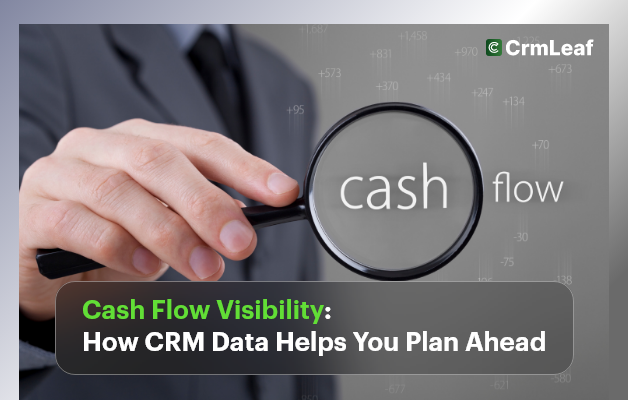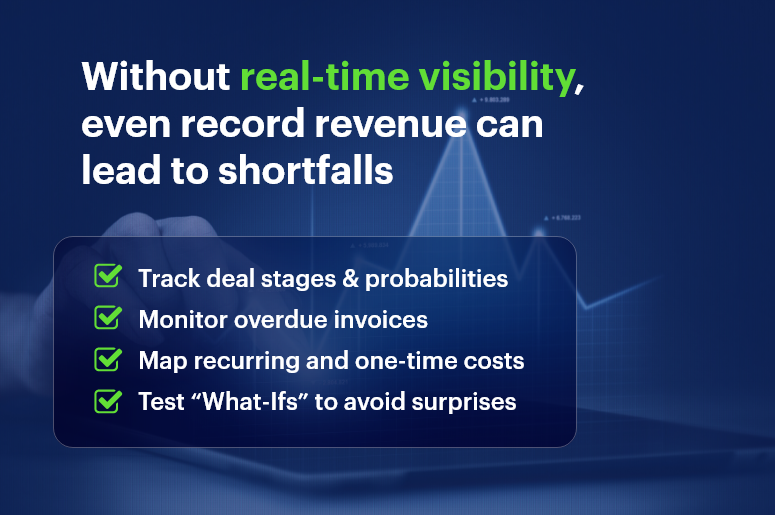Today’s shoppers expect speed and convenience. In fact, over 68% of consumers have used BOPIS CRM at least once — and they’re demanding more from it. For retailers, this means managing online orders, real-time inventory, notifications, and store coordination — all at once.
But here’s the problem: disconnected systems create chaos. Stock mismatches. Missed notifications. Delayed pickups. And frustrated customers who may never return.
The solution? A BOPIS CRM system integrated with ERP that manages everything — from inventory to customer communication to fulfillment—in one place.
In this blog, you’ll learn:
- Why BOPIS CRM is critical for retail success
- The top best practices for efficient order fulfillment
- How to use CRM+ERP to elevate the BOPIS experience
- A real-world case study showcasing results
The Business Need: Why BOPIS Demands CRM Integration
Buy Online, Pick Up In Store isn’t a trend — it’s a customer expectation. Retailers who do it well win on convenience, speed, and loyalty. But to deliver that, you need real-time visibility, automation, and coordination.
Here’s where the cracks appear for businesses relying on spreadsheets or siloed software:
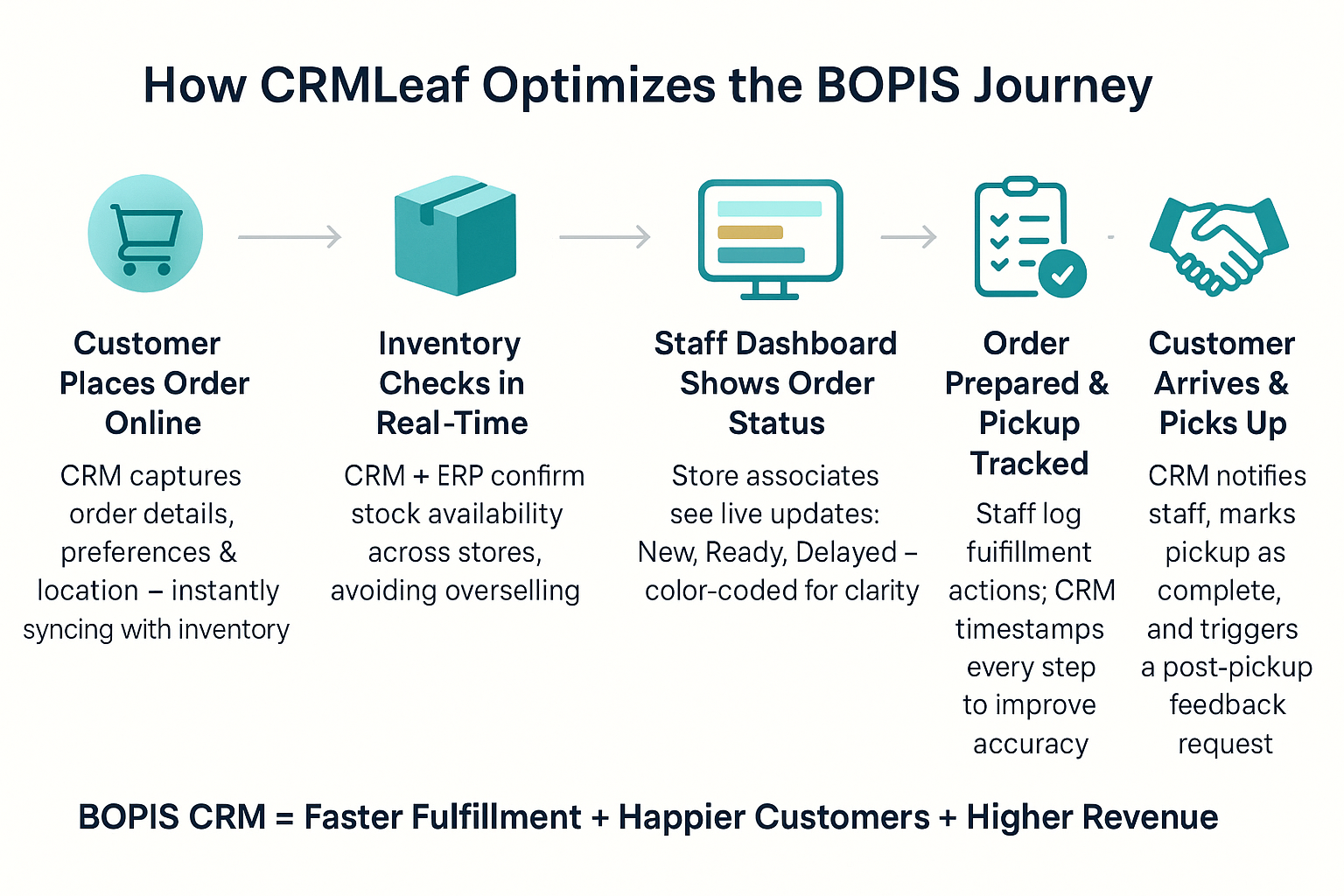
Without a BOPIS CRM system:
- Inventory can’t be trusted. What shows as “available” online may be sold out in-store.
- Customer updates get missed. Manual emails or delayed alerts lead to confusion.
- In-store chaos rises. Staff struggle to track orders, leading to long wait times and errors.
With a unified CRM + ERP platform:
- Stock updates in real-time — no surprises.
- Customer notifications are automated — from order confirmation to pickup reminder.
- Staff have a dashboard showing every pending, ready, or overdue order.
This process matters for:
- Apparel brands juggling size/variant availability across stores
- Pharmacies handling prescriptions and retail orders
- Home improvement stores catering to contractors needing quick pickups
Simply put, BOPIS CRM isn’t just about fulfillment — it’s about delivering a frictionless experience.
Best Practices to Optimize BOPIS with CRM
To succeed at BOPIS, you need to streamline every touchpoint — from the moment an order is placed to the second it’s handed over. Here’s how a CRM + ERP solution makes that possible.
1. Centralize Inventory Across All Channels
- Sync all inventory data across eCommerce, physical stores, and warehouses.
- Avoid selling products you can’t fulfill by ensuring inventory updates in real time.
With CRMLeaf’s ERP module, retailers see live stock levels, preventing overselling or duplicate reservations.
2. Automate Order Notifications and Pickup Alerts
- Set up automatic SMS or email updates when the order is confirmed, ready for pickup, or about to expire.
- Add personalized upsell messages in notifications. For example:
“Your camera is ready for pickup. Need a memory card too?”
CRMLeaf lets you customize these triggers and messages with no code.
3. Create a Dedicated BOPIS Dashboard for Staff
- Give your in-store team a single dashboard to track which orders are incoming, ready, or delayed.
- Color-coded statuses reduce confusion and speed up processing.
Team members can update statuses directly, and CRMLeaf logs every step.
4. Train Staff with CRM Logs and Analytics
- Use CRM data to identify pickup bottlenecks and coach staff accordingly.
- Monitor individual performance based on order handling time, pickup accuracy, and customer ratings.
CRMLeaf helps managers spot inefficiencies and reward top performers.
5. Measure What Matters
Track these essential BOPIS KPIs using CRM dashboards:
- Pickup Time: Average duration from “ready” to “collected”
- Order Fill Rate: % of orders fulfilled without errors
- Customer Satisfaction Score (CSAT): Tied to BOPIS performance
- Add-On Sales Conversion: Items added during or after the pickup process
CRMLeaf combines CRM + ERP data in real-time dashboards powered by Superset Analytics.
6. Plan Resources Based on Demand Patterns
- Use CRM history to forecast busy pickup windows (weekends, lunch breaks).
- Adjust staffing or store layout accordingly for smoother handovers.
With predictive resource planning, CRMLeaf helps you match staff to demand.
Case Study: BOPIS Done Right
Smith’s Hardware, a mid-sized home improvement chain, struggled with delayed pickups and mismatched inventory across 10 stores. They switched to CRMLeaf’s BOPIS CRM solution.
Here’s what happened in 3 months:
- Pickup time dropped by 40%, reducing wait times and crowding.
- Upsell revenue increased by 22%, driven by personalized alerts.
- Customer satisfaction improved by 18%, as shown by post-pickup surveys.
They achieved this by:
- Syncing inventory across stores and eCommerce
- Automating all customer communication
- Using CRM dashboards to track and improve staff performance
Key Takeaways
If you’re offering Buy Online, Pick Up In Store, don’t leave it to chance. A powerful BOPIS CRM platform like CRMLeaf helps you:
- Streamline order fulfillment with real-time data
- Delight customers with instant alerts and smooth pickups
- Drive more revenue through upsells and faster service
- Empower staff with dashboards and clear workflows
Efficiency and experience go hand-in-hand — and CRM is the glue.
